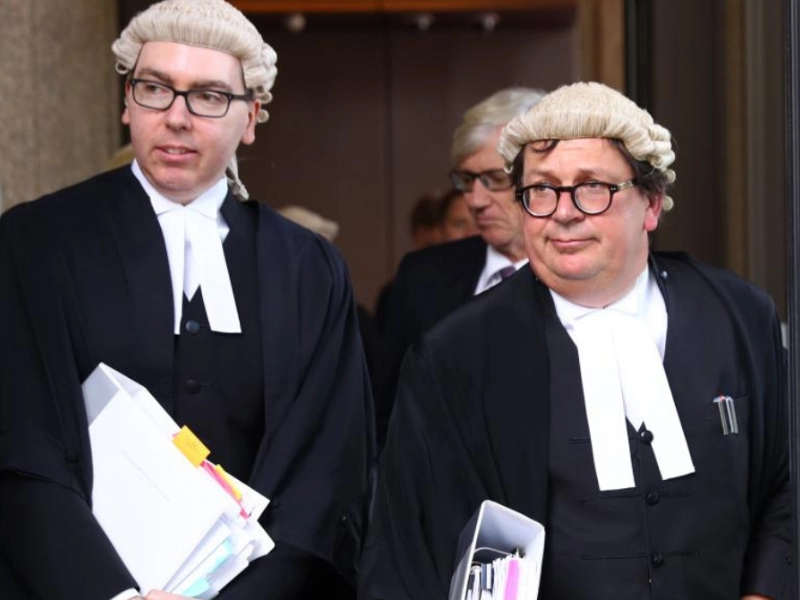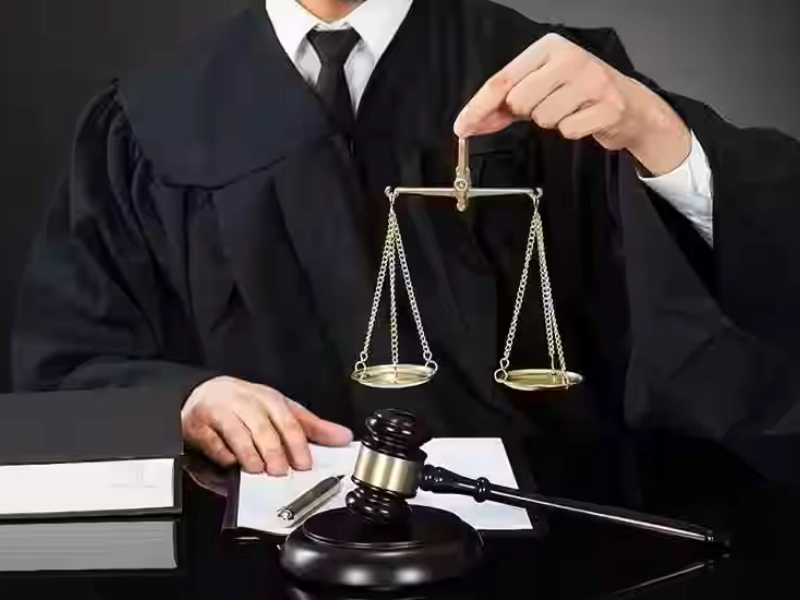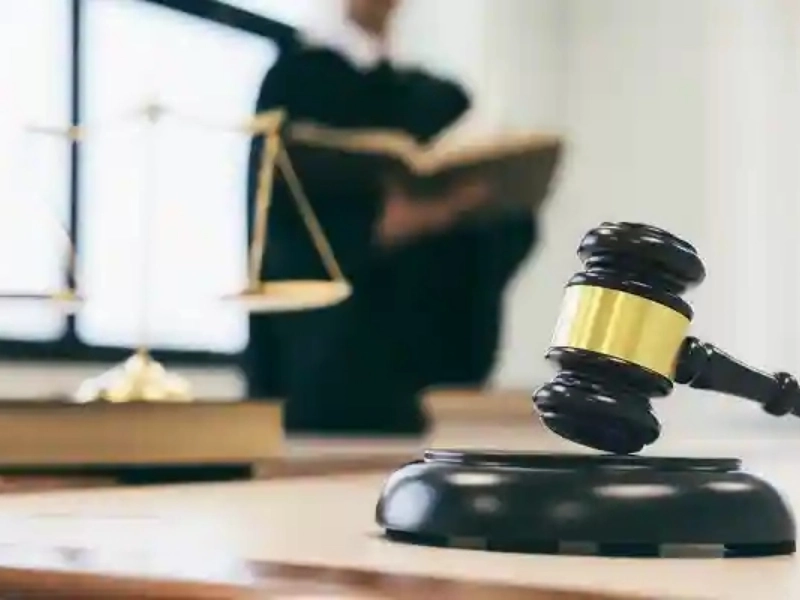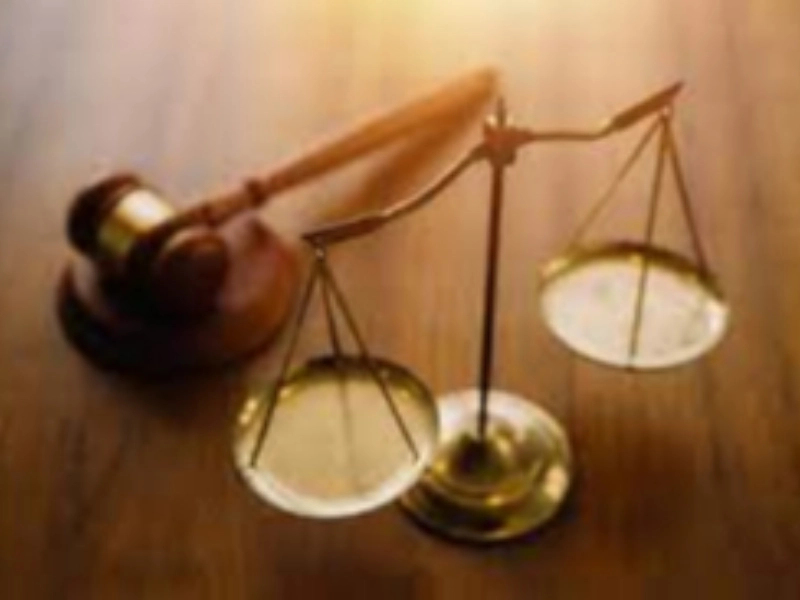The Lawsuit Filing Process: A Lawyer's Step-by-Step Guide
It can seem difficult to sue a firm for a variety of reasons. It is crucial that you adhere to all required procedures in order to prevent having your case dismissed due to procedural errors, regardless of whether you are attempting to obtain financial damages or persuade a firm to alter its practices.
The plaintiff files a complaint with the court and formally serves a copy on the defendant at the start of most civil disputes. The plaintiff requests redress from the court in her lawsuit, which details the alleged harm to her.
Grievances

Any lawsuit begins with the filing of a document known as a complaint. This is an official legal document that outlines your claims that the defendant caused you injury and grants you a remedy in civil court.
A component of the complaint typically contains the plaintiff's name and the court where her lawsuit was filed. It also comprises a description of the injury she believes the defendant did, a declaration of jurisdiction, and the complaint's request for relief, which typically entails both monetary damages and non-monetary remedies like an injunction to cease a particular course of action. There are tight deadlines set by the court for filing a lawsuit. We refer to these regulations as statutes of limitations. Usually, you have two or four years from the date of the harm to submit a complaint.
Calls to Summon

You should be well aware with the legal system's workings if you intend to file a lawsuit, either to sue someone or to be sued. Some of the most important aspects of the legal system are covered in this article.
A civil lawsuit begins with the plaintiff submitting a complaint to the court and "serving" the defendant with it. The plaintiff presents their version of events, explains how they were hurt, and requests monetary damages or other remedies from the court in their complaint.
According to the rules of service, a summons and complaint must be delivered to the defendants. On the other hand, serving the defendant may be less expensive if they consent to waive service. Under FRCP 4, this technique is encouraged. But the rule also forbids defendants from inflating the cost of service by demanding services that are not appropriate or relevant to their circumstances or place of residence.
Process Serving

Serving copies of your complaint and summons to the defendant is the next stage in the lawsuit filing procedure. This needs to happen in a certain way, which frequently means hiring a seasoned process server to deliver the documents to the defendant in person.
Serving the defendant with legal papers is crucial for several reasons, including informing them that you have filed a lawsuit and giving them a chance to reply. Additionally, it stops or tolls the statute of limitations, removing the chance that time will pass while your claim is still pending.
There are certain requirements regarding service of process that must be followed if you are suing the federal government, any of its agencies, or any of its officers. These guidelines will be covered in your initial appointment with us.
Finding out

Through the discovery process, both parties can get data and proof that could be important to their respective cases. This covers document requests, written interrogatories, and depositions.
This can include any document that could be helpful in bolstering a claim or defense, such as photos, work, school, and medical information. Third parties may also be asked to provide a deposition, including relatives or experts.
In addition, now is a good time for plaintiffs to obtain any further data they require, such as figuring out whether the defendant is judgment-proof—a legal phrase that describes the probability that the defendant has sufficient assets to fend off an order for damages or other remedies. Your case will be stronger if your evidence is more thorough and in-depth. This can have a significant impact on getting a just settlement out of court or receiving a fair recovery in court.
Trial

Litigation, or civil lawsuits, might appear like a complicated and perplexing procedure. However, things don't have to be that way. In actuality, a lot of cases settle out of court before going to trial.
Making a complaint in the appropriate court is the first step. Here, the plaintiff will detail their experience and then provide the legal justification for holding the defendant accountable. They will also ask for a non-monetary remedy or monetary compensation.
Following the defendant's filing of an answer, the discovery process can start. Both parties will have the chance to ask the other party for information during this stage, including admissions (requests for parties to confess specified facts), interrogations, and document production. This is a crucial aspect of the case because it clarifies whether the defendant is immune to judgment or if they have sufficient assets to pay back any award the judge may grant them.








